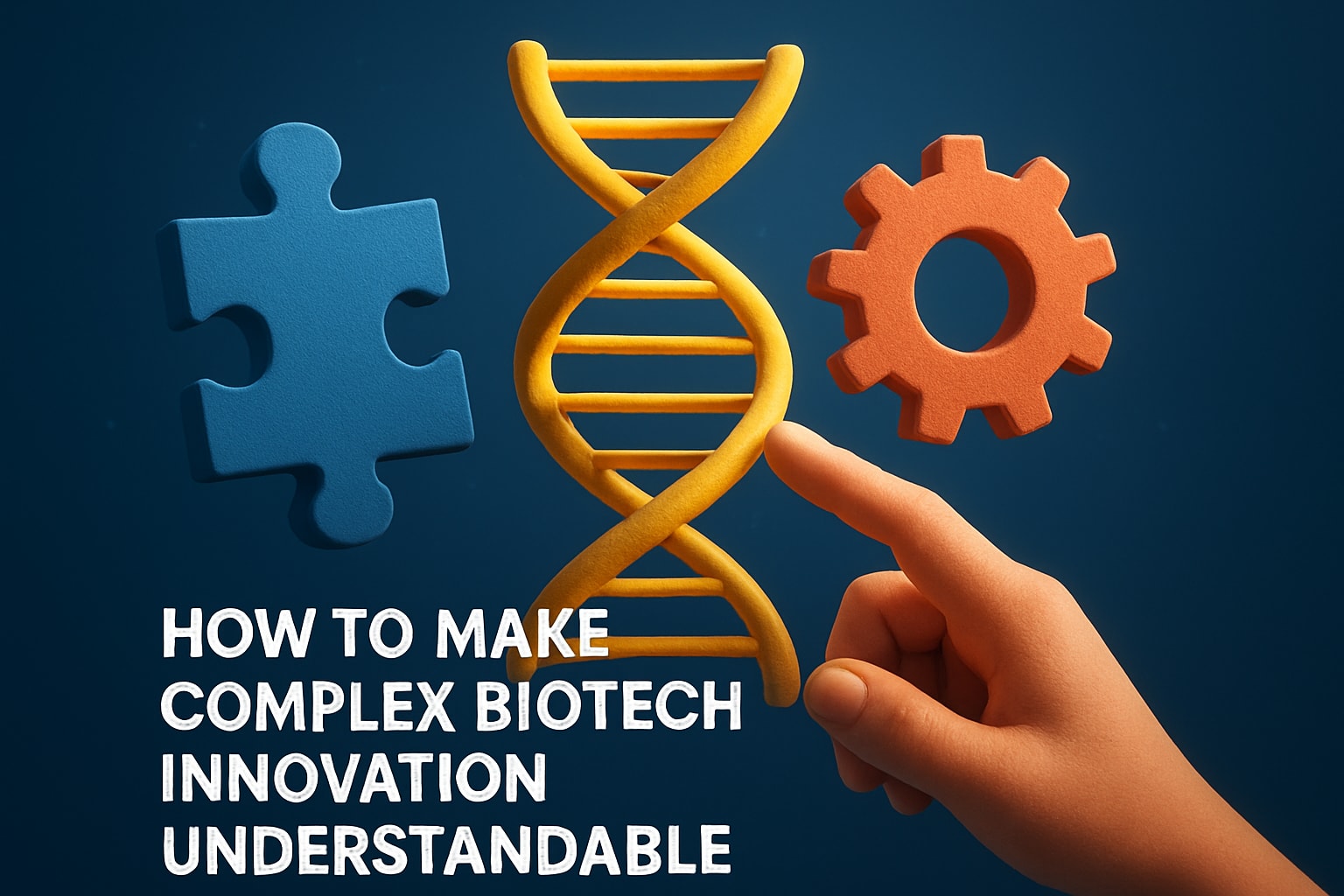Why you Need Less Content in your Presentation?

The proverbial “less is more” statement is so overused, yet it rings true for us every time since ‘less’ not only refers to design or practicality but something deeply rooted in our biology.
Many studies reveal how our brains are designed to work in bursts of attention and in between those periods, we are actually distracted. So as more gadgets, noise and other forms of stimuli drive us to distraction, anyone who needs our attention needs to fight for it.
So, how do we grab our viewers or listeners’ interest in such a short span of time?
Understandably, this question remains the crux for every marketer and presenter who are out to do their pitch amidst a lot of other competitors. So here’s my attempt at providing some answers.
But first, let’s consider one basic principle:
Painter Hans Hoffman defines the ability to simplify as the “means to eliminate the unnecessary so that the necessary may speak”.
But how do you know what’s necessary?
The key is in knowing your audience well before presenting your pitch. Five types:
captive, contrary, committed, concerned or casual.
Captive Audience. Since they don’t have any choice but to hear you speak, they are mostly disinterested or disengaged.
Contrary Audience. They look for gaps or weaknesses in your presentation.
Committed Audience. Agreeable listeners who can easily buy-in to your idea.
Concerned Audience. They have a vested interest in the issues and ideas you present. They can become a committed audience.
Casual Audience. They listen to you out of curiosity.
Your task as a presenter is to understand your listener’s disposition, address their gaps and present what’s valuable for them.
Basically, you are helping turn casual, concerned attendees into committed listeners.
However, don’t overwhelm them with data.

You’d want to “build the story before the slides” as your slides are just meant to complement your main story.
Like in the case of movie storyboards, your main story could follow a hero and villain arch — where your customer is the hero and the villain refers to an obstacle that the hero must overcome. The resolution of the story is your idea or proposal which happens to solve the hero’s dilemma.
Your storyboard will guide you in choosing to present only what’s integral to your storyline.
But how do you execute this in terms of design?
Think about each slide as having several decision points: what to look at, what to read first, what to feel, and so on. Our task as presenters is to guide the audience from Point A to B as seamlessly (and clearly) as possible.
As more content or elements show up on a slide, more decisions have to be made, making the audience lose interest and eventually miss out on the point.
Instead, have one clear message which can be represented by relevant visuals at best.
In this way, you get to leverage on the fact that people remember 80% of what they see and 20% of what they read as our brains processes visuals 60,000 times better than text.
Of course, it also helps if we use the Rule of Thirds in PowerPoint design which improve the readability of our slides by incorporating the science of eye movement and eye flow.
So you see, less doesn’t mean short in terms of eloquence and value. Less means no noise as you organize your thoughts, guide your audience and retain only what’s essential.
So, how concise yet impactful do you want your presentation to be?
If you feel that the stakes are too high and you need to pass on this huge responsibility of creating a flawless presentation to an expert, I’ll be glad to help you out.
Better yet, let’s schedule a call so I have a better understanding of what you need.

- This is some text inside of a div block.lay out the facts clearly and compellingly. Use data to establish the ground reality, but remember that facts alone are like the individual strands of a tapestry—necessary but not complete.lay out the facts clearly and compellingly. Use data to establish the ground reality, but remember that facts alone are like the individual strands of a tapestry—necessary but not complete.
- This is some text inside of a div block.lay out the facts clearly and compellingly. Use data to establish the ground reality, but remember that facts alone are like the individual strands of a tapestry—necessary but not complete.




